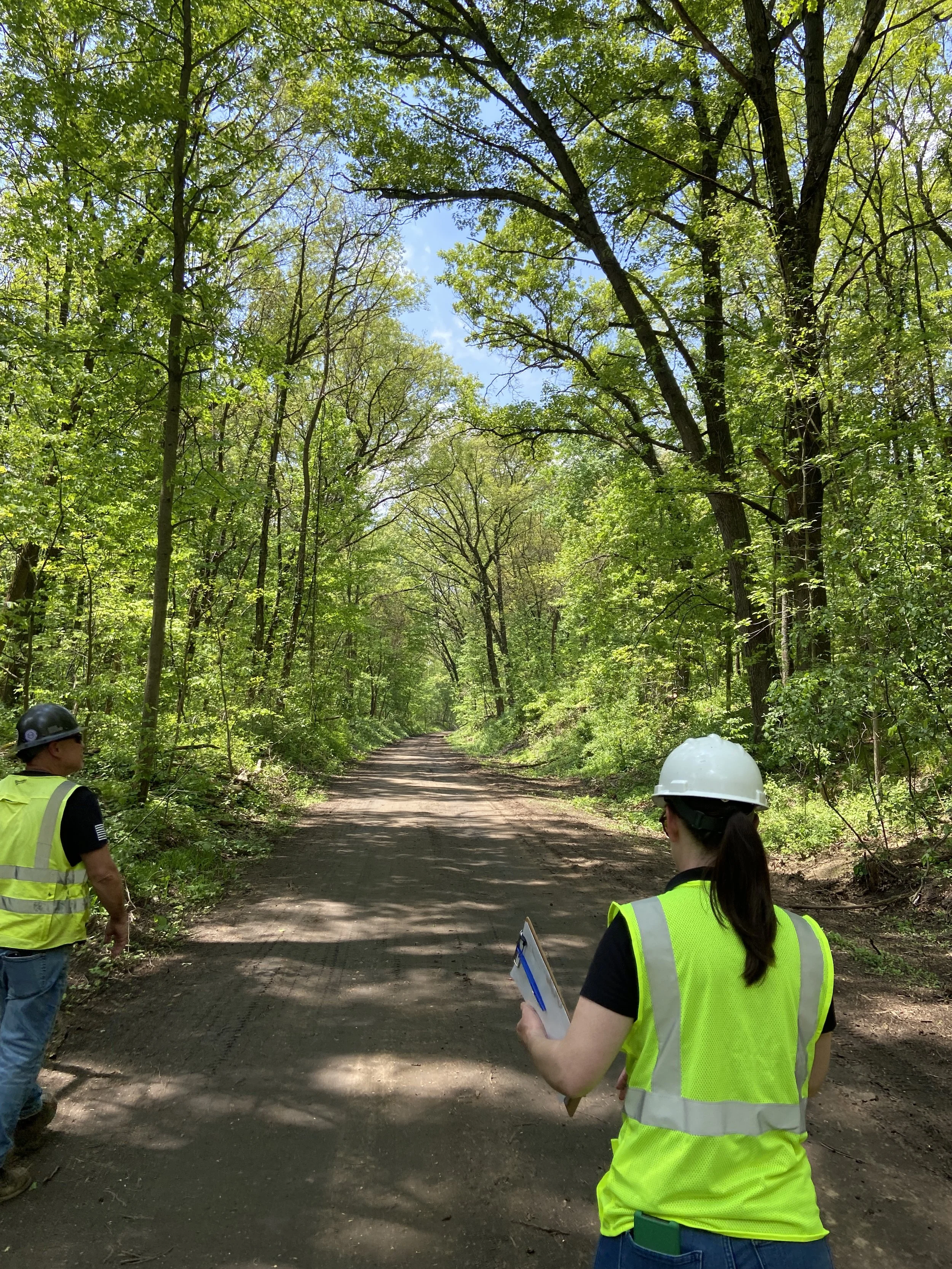Understanding the Bidding Process
The bidding process is a critical step in every construction process that ensures the right contractor is selected for the job. But not all bidding processes are the same. The way a project is bid often depends on who owns and funds it. Understanding the difference between public and private bidding helps clients, contractors, and consultants navigate their roles more effectively.
This article explores key differences—and takes a closer look at how landscape architects fit into the process.
Public vs. Private Bidding
Publicly owned projects, or those funded by taxpayer dollars, follow a much more structured and transparent bidding process. These requirements are in place to ensure fairness, avoid favoritism, and achieve the best possible value for public funds.
Public agencies must adhere to a highly transparent process by publicly advertising the project, clearly outlining bidding instructions, and offering equal access to all qualified bidders. This process helps maintain public trust and promotes competition among contractors.
Privately owned projects are typically funded and managed by individuals, companies, or organizations. These projects aren’t subject to the same transparency rules as public ones, giving owners and contractors more flexibility in how they solicit bids.
In many cases, private project owners invite a select group of contractors to submit bids. This selective process can help strengthen long-term relationships with trusted vendors, streamline timelines, and tailor project requirements more directly to the owner's needs.
Sometimes, the source of project funding determines whether the bidding process follows public or private protocols. For example, projects funded by government grants are usually required to go through a public bidding process, often awarding contracts to the lowest qualified bidder. Privately funded projects are not bound by these same constraints.
What does the Public Bidding Process Look Like?
Advertisement – The owner issues a public notice that outlines bidding instructions and where to access official Bid Documents.
Bid Documents – These typically include engineered plans, specifications, and any required forms. Contractors can review these documents and submit questions for clarification during a set timeframe established in the instructions.
Bid Submission & Opening – A specific deadline is set and all bids must be submitted by this time and are opened in a public setting for transparency.
Post-Bid Interviews – These interviews, conducted by the architect, owner, and/or construction manager, verify that bids are complete, accurate, and meet experience requirements.
Contract Award – A single prime bidder is typically selected, though they may bring in subcontractors for specific trades. In many cases, municipal boards, committees, or funding agencies must approve the selection before the contract is finalized.
Final Paperwork & Start of Construction – Contracts are signed, documentation is completed, and the project is ready to move forward.
Private Bidding Process
The private bid process often mirrors the public one in terms of structure but allows much more variation:
Bid timelines, submission methods, and scopes can be customized to fit the owner's preferences.
Smaller portions or specific trades of a project may be bid separately.
Owners can be more selective with whom they invite to bid, often focusing on trusted partners.
The Role of the Landscape Architect
Landscape architects play a vital role in both public and private bidding processes. Our involvement depends on the client's preferences and project scope. Here are a few ways we support our clients:
Managing the bidding process – For clients who prefer a hands-off approach, we can manage the entire bid process: advertising the project, issuing Bid Documents, coordinating with bidders, conducting post-bid interviews, and acting as the liaison between the client and contractor.
Supporting the Owner – In other cases, we focus on preparing comprehensive Bid Documents and hand them off to the client’s purchasing department, who then manages the bid process internally.
In either scenario, our goal is to ensure clarity, compliance, and successful project delivery—starting from the bid all the way through to construction.
Whether you’re navigating a public or private bid, understanding the process is key to a successful project. Public projects emphasize transparency and competition, while private projects prioritize flexibility and control. And no matter the project type, having the right team—including an experienced landscape architect—can make the process smoother, more efficient, and more successful.
If you’re planning a project and want to better understand which bidding process applies to you, we’re here to help.


